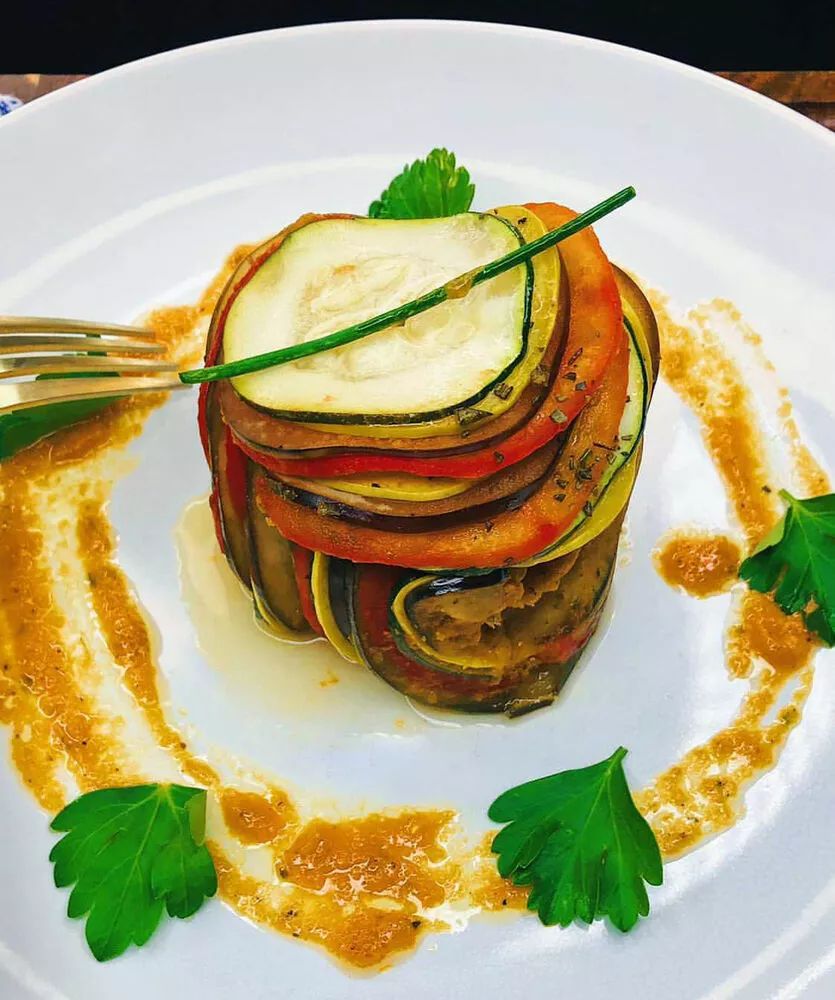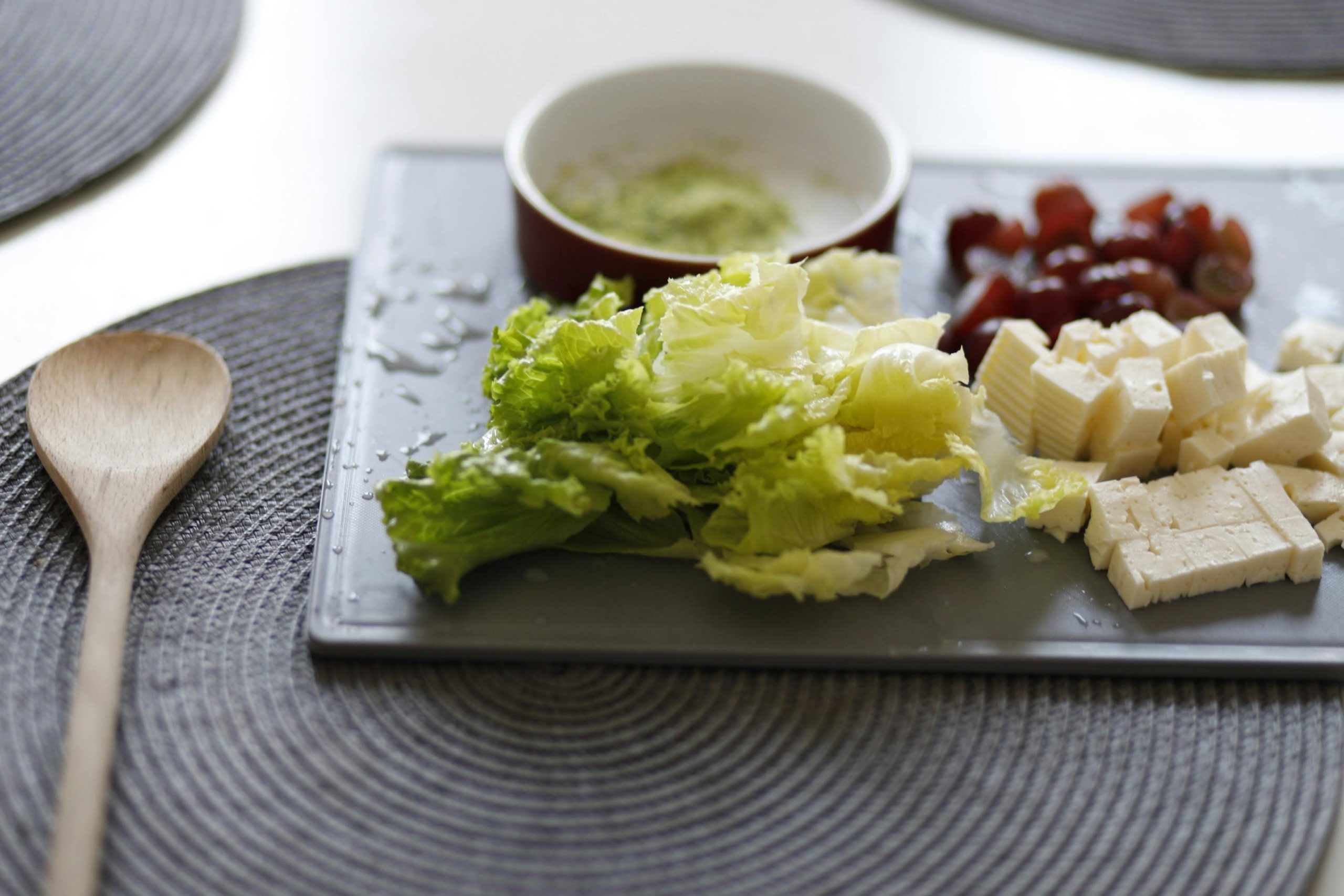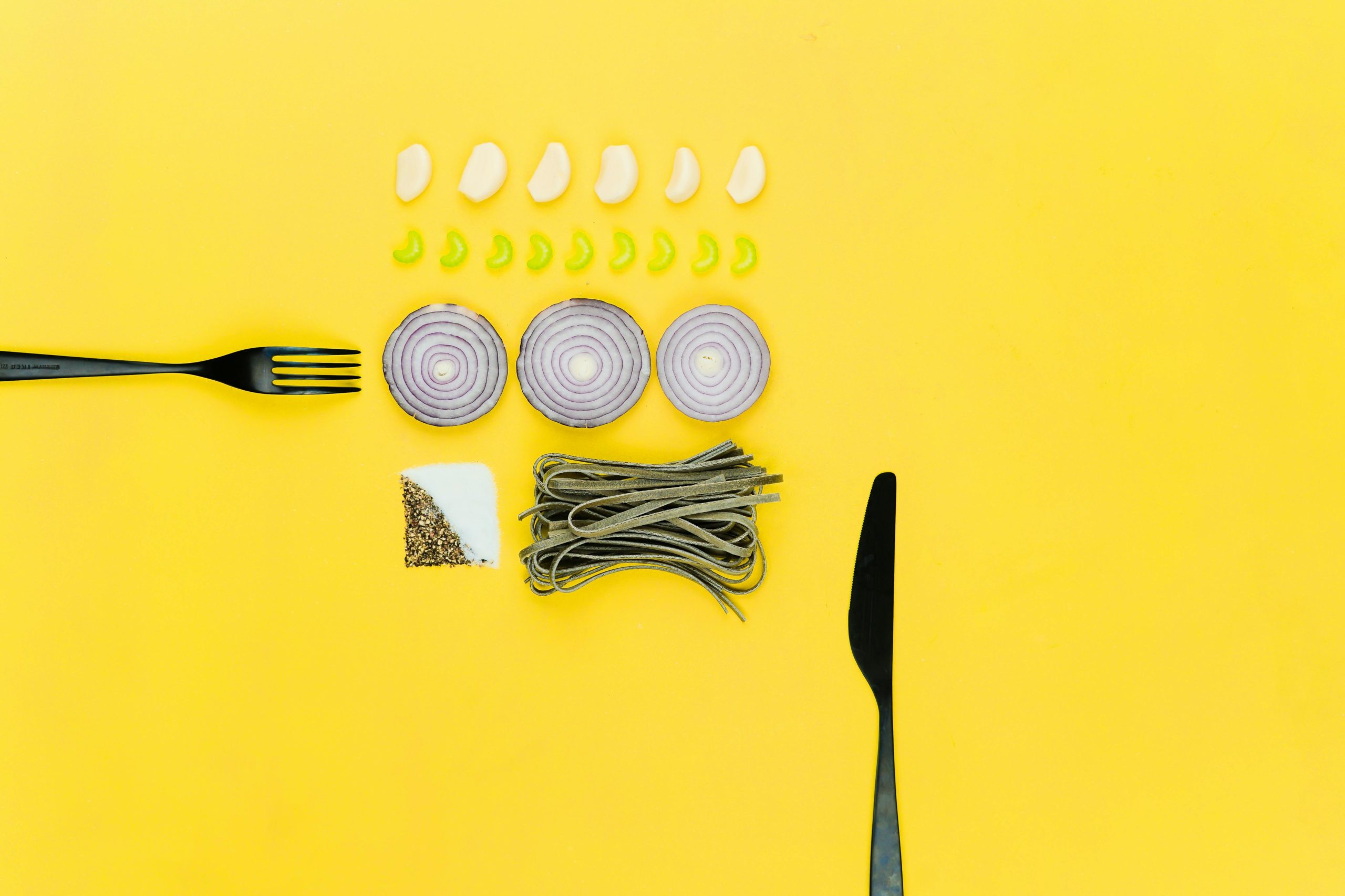Embark on a gastronomic voyage through the heart of France, where every meal tells a story.
Navigating the elaborate world of French cuisine can often feel overwhelming, especially for those unfamiliar with its customs and courses.
French food courses are a symphony of tastes and traditions, starting with appetizers and moving through soups, eggs, fish, meats, and vegetables, culminating in a grand finale of sweets, cheeses, and beverages.
This article will guide you through the intricacies of French dining, from the first appetizer to the last sip of digestif, offering insights into how these courses come together to create an unforgettable culinary journey.
Beginning with Appetizers: The Gateway to French Cuisine
Appetizers serve as the opening act to the grand performance of a French meal, setting the tone for what’s to come. In French cuisine, these small but flavourful dishes are designed to whet the appetite without overwhelming it. From the Alpine influences in cold starters to the warm, inviting soufflés, French appetizers are a testament to the country’s rich gastronomic heritage. They are not just food; they’re an introduction to the art of French cooking, showcasing the depth of flavours and the meticulous preparation that goes into every dish.
Whether served hot or cold, these appetizers are a window into the diversity of French gastronomy. With a range of dishes that include everything from elegant pâtés and terrines to simple yet delicious roasted tomatoes Provencal style, there’s an appetizer to start every kind of French meal. They embody the essence of French culture, where dining is not just about eating but about experiencing joy, tradition, and the fine art of living through food.
Soup: A Warm Introduction to French Dining

Soup in French cuisine is more than just a dish; it’s an experience that warms the heart and prepares the palate for the courses to follow. With a variety that spans from the hearty Pot au Feu to the elegant Bouillabaisse, French soups are a reflection of the country’s regional diversity. Soups like the onion soup connect with Paris’s charm, while others like the Garlic Soup from Languedoc or Soup au Pistou from Provence bring the flavours of their regions to life. Soup is a staple in French meals, embodying the comfort and sophistication of French dining.
The Elegance of Eggs in French Starters

Eggs, with their remarkable versatility, play a pivotal role in French starters, transforming into elegant dishes that delight the senses. Oeufs Mimosa (deviled eggs), for example, are a classic representation of how something as simple as eggs can be elevated to a dish of elegance and flavour. These starters, often garnished with fresh herbs and a sprinkle of paprika, showcase the French knack for creating sophisticated flavours from basic ingredients. Eggs in French cuisine are a testament to the creativity and finesse of French cooking, making them an indispensable part of the appetizer course.
Pasta and Rice: A Global Touch to French Courses
Despite their global origins, pasta and rice find a special place in French cuisine, adapted and transformed into dishes that fit seamlessly into the French culinary narrative. Camargue red rice, a specialty from Provence, highlights how regional ingredients are embraced and celebrated. Pasta, though not traditionally French, is incorporated into dishes in ways that respect French cooking principles, balancing flavours and textures. These dishes illustrate the adaptability of French cuisine, incorporating global influences while maintaining the integrity and sophistication that French gastronomy is known for.
The Splendour of Fish in French Culinary Arts
The Splendour of Fish in French Culinary Arts is a testament to the country’s long-standing love affair with seafood. French chefs masterfully utilise a plethora of fish, from the humble cod to the luxurious monkfish, each chosen for its unique texture and flavour. This section dives into the rich variety of fish dishes that adorn French tables, highlighting how these sea treasures are more than just food; they’re an art form.
Preparation techniques are as varied as the fish themselves, ranging from the simple elegance of sole meunière to the complexity of a seafood bouillabaisse. These methods, honed over centuries, showcase the fish’s natural beauty and flavour, making every dish a celebration of the sea. Through careful selection and expert preparation, fish dishes in French cuisine capture the essence of the ocean, offering diners a taste of France’s world-famous cuisine.
Joints: A Tradition of Meat in French Cuisine

The tradition of serving joints, or large cuts of meat, in French meals is a culinary practice that dates back centuries. From the succulent roast leg of lamb in Provence to the hearty beef bourguignon of Burgundy, these dishes are a testament to France’s rich agricultural heritage. The preparation of these meats, whether roasted to perfection or slowly braised, highlights the deep flavours and tender textures that make them a beloved part of French cuisine.
The Art of Roasting: Elevating French Dishes
Roasting is a revered method in French cooking, known for its ability to elevate the natural flavours of meats. This technique, applied to everything from chicken to lamb, involves cooking the meat slowly in its own juices, resulting in dishes that are both succulent and aromatic. The art of roasting not only enhances the taste but also presents the ingredients in their most glorious form, making it a favourite among chefs and diners alike.
Vegetables: The Green Heart of French Courses
Vegetables play a pivotal role in French cuisine, serving as both the foundation and the highlight of many dishes. From the simple yet sublime ratatouille to the elegant haricots verts, vegetables are celebrated for their natural flavours and vibrant colours. Incorporating fresh produce into meals not only adds a nutritional aspect but also brings a balance to the richer components of French courses, truly making them the green heart of the culinary experience.
Entree: Understanding the Main Course in French Dining
In French dining, the term “entree” refers to a course that precedes the main dish, contrasting with its American usage where it denotes the main course itself. This distinction is crucial for understanding the structure of a traditional French meal, which typically unfolds in a sequence of courses starting with appetizers, followed by the entree, then the main course, and concluding with dessert or cheese. The entree plays a pivotal role in transitioning the palate from lighter appetizers to the more substantial main course, showcasing the careful balance and progression that characterises French cuisine.
Entrees in French dining are diverse, ranging from simple vegetable dishes to more complex preparations involving meats or fish. This variety not only reflects the rich culinary heritage of France but also the chef’s creativity in composing a meal that balances flavours, textures, and nutrition. By understanding the entree’s place within the broader context of French dining, one gains insight into the meticulous planning and thought that goes into each meal, ensuring that every course complements the others, leading to a harmonious and satisfying dining experience.
Salads: A Fresh Component of French Meals
Salads in French cuisine are not merely an afterthought but a fresh component that complements the meal. Whether served as an appetizer, alongside the main course, or even as a light dessert, French salads are celebrated for their variety and balance. Examples include the classic Nicoise Salad, the simple yet delightful Mesclun Salad, and the hearty Lyonnaise Salad. Each salad offers a unique combination of flavours and textures, demonstrating the French chef’s skill in creating dishes that are both healthy and delicious. Salads serve to refresh the palate and provide a counterpoint to the richer courses, illustrating the French dedication to a balanced meal.
Cold Buffet: A Versatile French Dining Experience
The cold buffet, or “buffet froid,” is a versatile aspect of French dining that caters to a range of occasions, from casual gatherings to more formal events. Characterised by an assortment of cold dishes such as meats, fish, cheeses, and salads, the cold buffet allows for a diverse and flexible dining experience. Key elements include roasted chicken, terrines, and a variety of salads and dressings. This format not only showcases the chef’s ability to prepare a wide array of dishes but also accommodates the diners’ preferences, making it a popular choice for parties and celebrations where guests can sample different flavours at their leisure.
Sorbet: A Palate Cleanser in French Cuisine
Sorbet holds a special place in French cuisine, primarily serving as a palate cleanser between courses. This refreshing treat, often sharp in flavour rather than overly sweet, is designed to prepare the palate for the next dish, ensuring that diners can fully appreciate the array of flavours in a multi-course meal. Popular varieties include lemon, mint, and raspberry sorbet. Beyond its role in cleansing the palate, sorbet also exemplifies the French culinary principle of balance, providing a light, refreshing interlude that enhances the overall dining experience.
Sweets: The Finale of French Food Courses

French sweets and desserts are the grand finales of their food courses, embodying the creativity and excellence of French patisserie. From the delicate intricacies of macarons to the rich, comforting layers of a tarte tatin, these desserts are not just a treat for the palate but a celebration of French culinary artistry. Each dessert tells a story, weaving together the history, regional ingredients, and the chef’s personal touch, making the end of a French meal something truly memorable.
Venturing into a French dessert course is like stepping into a world where tradition meets innovation. Pastry chefs and home cooks alike experiment within the bounds of classic recipes to create something uniquely delightful. Whether it’s through a cooking course at a renowned cookery school or experimenting with recipes at home, the journey to mastering French sweets is as enriching as it is delicious. This section will guide you through the variety and creativity behind French desserts, showcasing why they’re an indispensable part of the culinary experience.
Savory: A Unique Twist on French Desserts

Breaking the stereotype that desserts are only about sweetness, French cuisine introduces a unique twist with savory desserts. Dishes like a savory clafoutis filled with cheese and tomatoes or a herb-infused mousse challenge the conventional boundaries of dessert courses. These creations blend the lines between the main course and dessert, offering a delightful surprise to the palate and showcasing the versatility of French culinary techniques. Cooking courses often highlight these innovative dishes, encouraging students to explore beyond traditional sweet flavors.
Cheese: A Cornerstone of French Food Courses
Cheese, in French cuisine, is not just a dish but an institution. Serving as both a standalone course and a key ingredient in numerous dishes, cheese reflects the depth of French gastronomy. From the soft textures of Brie to the bold flavors of Roquefort, cheese enhances the culinary experience, offering a rich tapestry of tastes. It’s common to find cheese courses in French meals, where a selection of cheeses is presented before desserts, paired meticulously with wines to elevate the dining experience further.
Fruits & Nuts: Enhancing French Desserts

Fruits and nuts play a pivotal role in enhancing French desserts, adding layers of texture and flavour that elevate simple dishes into extraordinary experiences. Ingredients like almonds in financiers, raspberries in mille-feuille, or pear in frangipane tart demonstrate how fruits and nuts can transform the taste and presentation of desserts. These components not only contribute to the visual appeal but also to the complex flavour profiles, making French sweets a perfect blend of art and science.
Beverages: Complementing French Food Courses
French meals are an elaborate affair, and beverages play a crucial role in complementing each course. From the aperitif that starts the meal to the digestif that concludes it, the choice of beverage is as important as the food itself. French wines, known for their quality and diversity, are often the beverage of choice, carefully selected to match the flavours of each dish. This attention to detail ensures that the beverage enhances the dining experience, making each sip a journey through France’s rich vinicultural landscape.
Beyond wine, France offers a variety of other beverages that add depth and character to meals. For instance, cider from Brittany and Normandy offers a fruity refreshment that pairs wonderfully with savoury dishes, while the south of France’s pastis provides a herbaceous aperitif option. Moreover, coffee, typically served as an espresso, marks the end of the meal, signifying a moment to relax and digest. Each of these beverages, whether alcoholic or not, contributes to the symphony of tastes that define French dining.
Location-Specific French Food Courses
French food courses are not just about the dishes but also about the experience, which can vary significantly by location. For instance, in regions like Nice or Montpellier, courses often highlight seafood and Mediterranean influences, offering lessons in preparing dishes like bouillabaisse or ratatouille. In contrast, Parisian courses might focus on classic French cuisine, teaching the art of making perfect pastries or sauces. Each location offers a unique glimpse into France’s regional culinary traditions, making location-specific food courses a fascinating journey through the country’s gastronomic diversity.
Explore French Cuisine with INDULGE: Your Culinary Adventure Awaits
As we wrap up this culinary journey through the heart of French cuisine, it’s clear that the adventure doesn’t have to end here. With INDULGE’s curated culinary tours and exclusive dining experiences, you have the unique opportunity to dive deeper into the world of French food. These offerings are not just about tasting; they’re about understanding the history, the culture, and the passion that drives French gastronomy. Whether you’re a seasoned foodie or a curious explorer, INDULGE’s tours are designed to enhance your appreciation and love for French cuisine.
Imagine walking through the charming streets of Zurich, guided by local experts, as you sample Swiss specialties with a French twist. INDULGE’s tours provide an unparalleled chance to:
- Experience the local food history and international cuisine
- Enjoy exclusive Wine & Dine experiences
- Get introduced to famous Swiss specialties through a signature walking tour in Old Town Zurich
Don’t let your culinary adventure stop here. Visit INDULGE and embark on your next gastronomic journey, exploring the depths of French cuisine in the heart of Switzerland.
Frequently Asked Questions
What are the 7 courses of a French meal?
A traditional 7-course French meal typically includes the following courses in sequence: appetizers, soup, fish, entree (a course preceding the main dish), main course, cheese, and finally, sweets or desserts. Each course is designed to provide a unique taste and experience, leading up to a satisfying and comprehensive culinary journey.
What are the 5 courses in a French meal?
In a 5-course French meal, the courses usually consist of appetizers, soup, entree (a course that precedes the main dish, not to be confused with the main course itself), main course, and desserts. This structure showcases the diversity and progression of flavours characteristic of French cuisine.
What is a typical 3 course French meal?
A typical 3-course French meal comprises an appetizer, a main course, and a dessert. This format allows diners to experience a well-rounded meal that starts light, moves on to a more substantial dish, and finishes with a sweet treat, embodying the essence of French dining.
What is a full course meal in French?
A full course meal in French cuisine is an elaborate dining experience that includes multiple courses, typically starting with appetizers and progressing through soup, fish, entree (a lighter course before the main dish), main course, and potentially including cheese, before concluding with sweets or desserts. The meal is designed to showcase a variety of flavours and techniques, providing a comprehensive taste of French culinary artistry.








